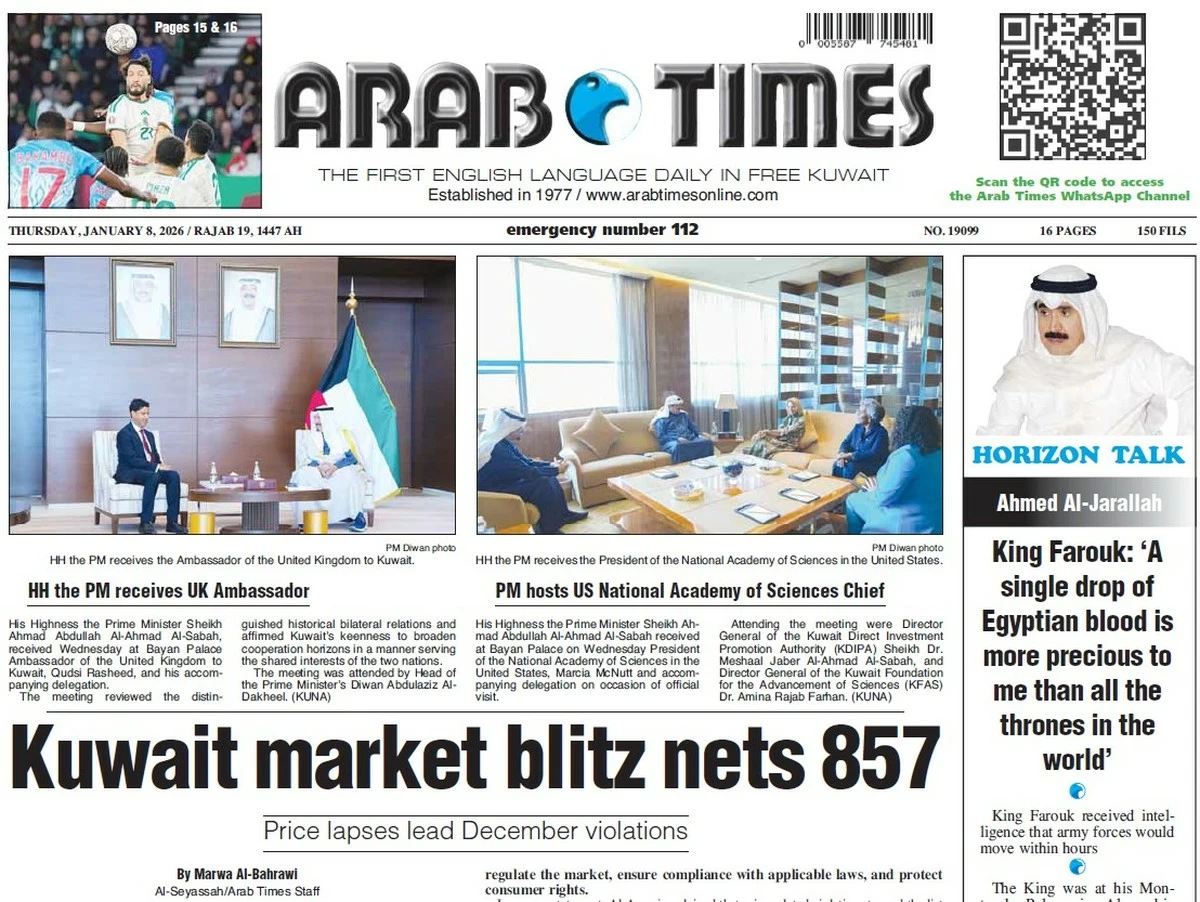09/04/2018
09/04/2018
Dr Christian Robin delivered a lecture on the origins of the Arabic language at the Yarmouk Cultural Centre on Monday evening as part of the Dar Al Athar Al Islamiyyah’s 23rd cultural season.


